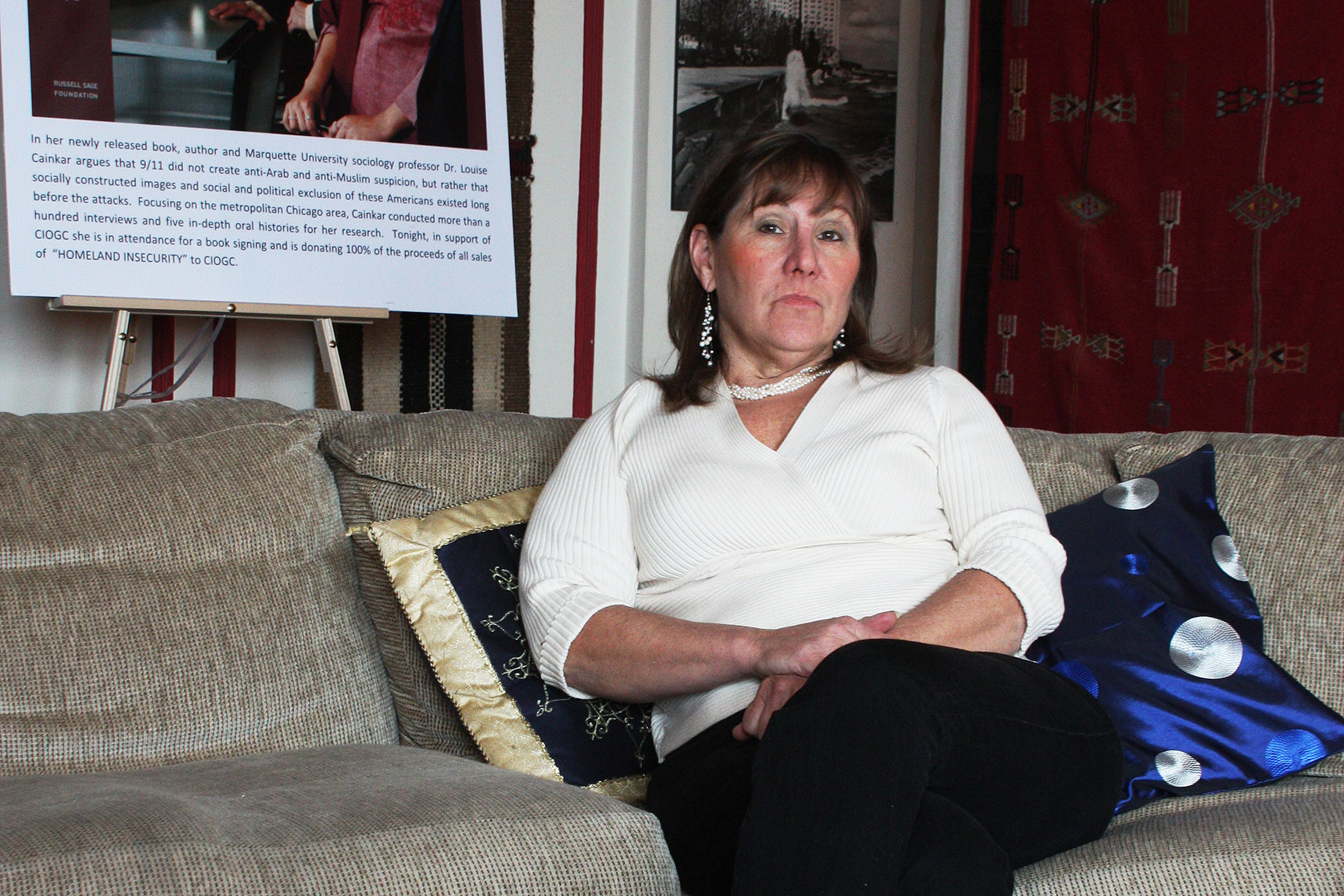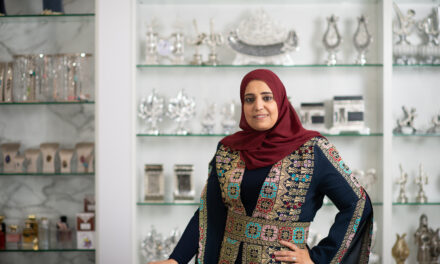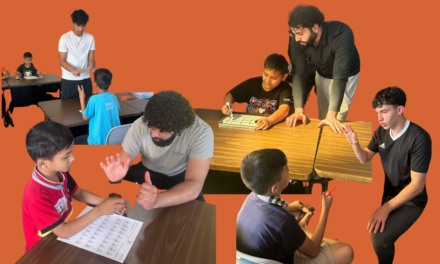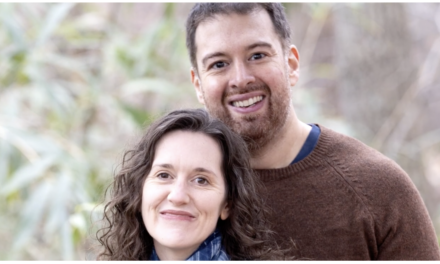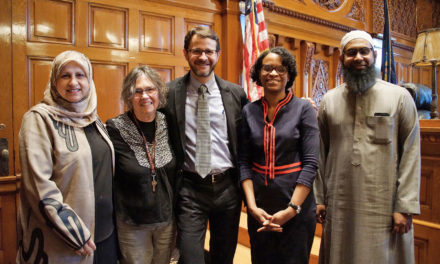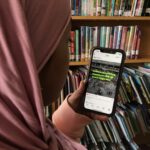Louise Cainkar is an associate professor of Social and Cultural Studies and director of Peace Studies at Marquette University.
Her research focuses on the Muslim community in the U.S. and internationally, Islamophobia and hate crimes, and immigration. The questions in this article are based on her book, Homeland Insecurity: The Arab American and Muslim American Experience After 9/11, and several of her recent articles. Cainkar and Janan Najeeb, president of MMWC and publisher of the Wisconsin Muslim Journal, recently collaborated on an article called “Taking on Hate: Muslim Women Build a Community Driven Hate Watch” for the Journal of Middle East Women’s Studies. Their research was sponsored by Marquette University’s Office of Community Engagement.
Q&A with Louise Cainkar
Wisconsin Muslim Journal: Your book, Homeland Insecurity, came out in 2009. How have the 10 years since been treating the Muslim community?
Louise Cainkar: The 26 or so anti-terrorism policies that were implemented in the aftermath of September 11 – most of those have gone away. The registration, the deportation. The Patriot Act remains, which affects all Americans. I think the FBI surveillance is still as high as it was then. During the period in which I wrote this study, people were literally afraid of being put in concentration camps. That’s changed. So I would say the level of fear among Muslims and Arabs in the United States has lessened substantially. But are Muslims aware that they’re being monitored? Yes.
But then you look at Islamophobia and hate crimes and discrimination, and I think that’s as bad as it was then. And that’s partly because there are organizations committed to increasing Islamophobia. And Donald Trump himself has played a role in that. There’s a report called Fear, Inc. [The Roots of the Islamophobia Network in America by the Center for American Progress]. The activists, the foundations, there’s a whole set of actors whose job it is just to keep Islamophobia high in this country.
Wisconsin Muslim Journal: Who’s funding that?
LC: The Bradley Foundation is one of the funders. If you just read the first eight pages [of the report], you’ll get the summary of who the foundations are, who the actors are. People with a vested interest in Islamophobia. And then you have certain Christian Evangelicals who’ve also got a stake in it. Whether we speak of Millennialism [also called “Premillennialism], they believe that Jews must return to Israel and then Christians must eventually take over the Holy Land to expedite the Second Coming of Christ. But not all Christians. Their interests in supporting Israel come at the expense of Palestinian Christians and Muslims. Some Zionist entities in turn play on this momentum. All of these groups leverage anti-Muslim sentiments for their own interests.
We had a speaker [at MU] a couple of weeks ago. I couldn’t go, but I read about him, and his topic was anti-Semitism, which is an important topic because it’s increasing. But I read a speech he gave somewhere else, and the first half of his speech was about how Muslims are behind anti-Semitism, and it’s just not true. The second half was good data about anti-Semitism, but some people are trying to pin anti-Semitism on Muslims now. . . I teach about Muslims, and most people don’t know anything about them [so] it’s easy to pull that argument off.
Wisconsin Muslim Journal: Let’s talk about your article on the dominant, western view of feminity and the hijab.
LC: What I found after September 11 was that most of the victims of hate acts – I call them acts because they’re not always crimes – were women. Women were attacked by other women. So I was trying to understand, why are white, middle-class women attacking Muslim women? They interpret the meaning of the hijab and the modest clothing as oppressive and as patriarchal. And they say, “We are not like that, we are not oppressed.” It’s a way to stand up, to say “We are free. We are not patriarchal . . . because you are.” It raises yourself by putting the other down. If there was real female solidarity here, then women could be free to dress the way they want.
They’re free to dress [by] taking off clothes as much as they want. And I talk about how that plays into [the dominant view] of masculinity – access to women, access to the female body, the perfect female body, which we all know is the standard you’re held up to here. Men’s right to gaze at women. These are things that are upheld strongly in this country. And most women here dress in one way or another that fits that model, so if you don’t dress to fit the model, you’re a threat to the model.
Wisconsin Muslim Journal: But women also find that model oppressive.
LC: It’s oppressive if women don’t choose it, right? My students and I have a whole class on this. This article we read talks about make-up, Botox, plastic surgery, breast pads, girdles. Western women play into a system of looking that alters their natural look to satisfy the male gaze. So is that oppression? Or is that not oppression? It really is an interpretation.
Wisconsin Muslim Journal: What are some of the ways that this system of interpretation is nourished?
LC: The media, movies, these Islamophobic activists. And the lack of education here. I have college students in my class whose eyes are popping out. “I never knew this! I never knew this!” Our education system is built to prop up Western culture and to treat other cultures as inferior either by saying it or by just ignoring them. I expose [my students] to a new way of seeing things. We read.
Wisconsin Muslim Journal: Right now it seems as though Latin American immigrants are a particular focus of hate crimes.
LC: What we’ve found is that hate crimes against Muslims increase during election years. Not after terrorist attacks. So I suspect it will ramp up again.
Wisconsin Muslim Journal: So when you study this, do you study particular groups?
LC: I look across the nation. The Southern Poverty Law Center monitors hate crimes. But they’re not always updated. CAIR does reports, but they’re not always updated, and they’re mostly numbers, and my critique of that has always been that we don’t know where it’s happening and whose doing it. So I try to do what I can, really through the Internet and other people’s reports.
A lot of the acts that take place are not counted by the police as hate crimes even though a white supremacist or someone hostile to Islam did it. So you can’t rely on police reports, or FBI data. . . . They get their data from the police. There are many murders of Muslims in the US that are not considered hate crimes but perhaps should be.
There’s legislation pending [S2043, The Jabara-Heyer No Hate Act] that aims to improve hate crime reporting at all levels of government. It is named after two persons whose murders were prosecuted locally as hate crimes but not reported to the federal government as hate crimes. Khaled Jabara was a Lebanese Christian who was killed by his white supremacist neighbor, who thought he was a Muslim. Non-Muslims, as we know from the Sikh temple murders, get caught up in Islamophobia.
